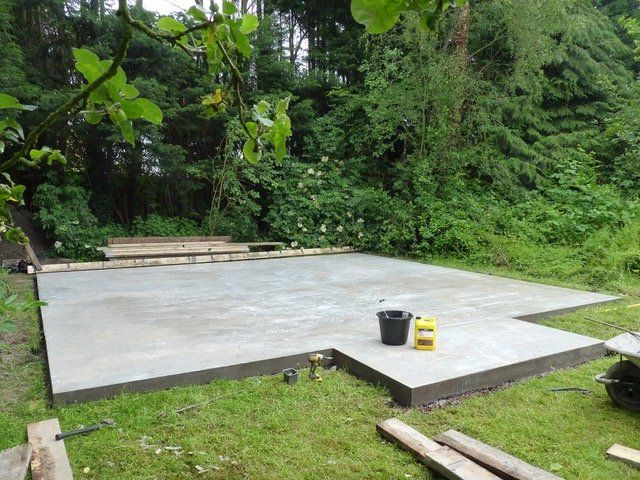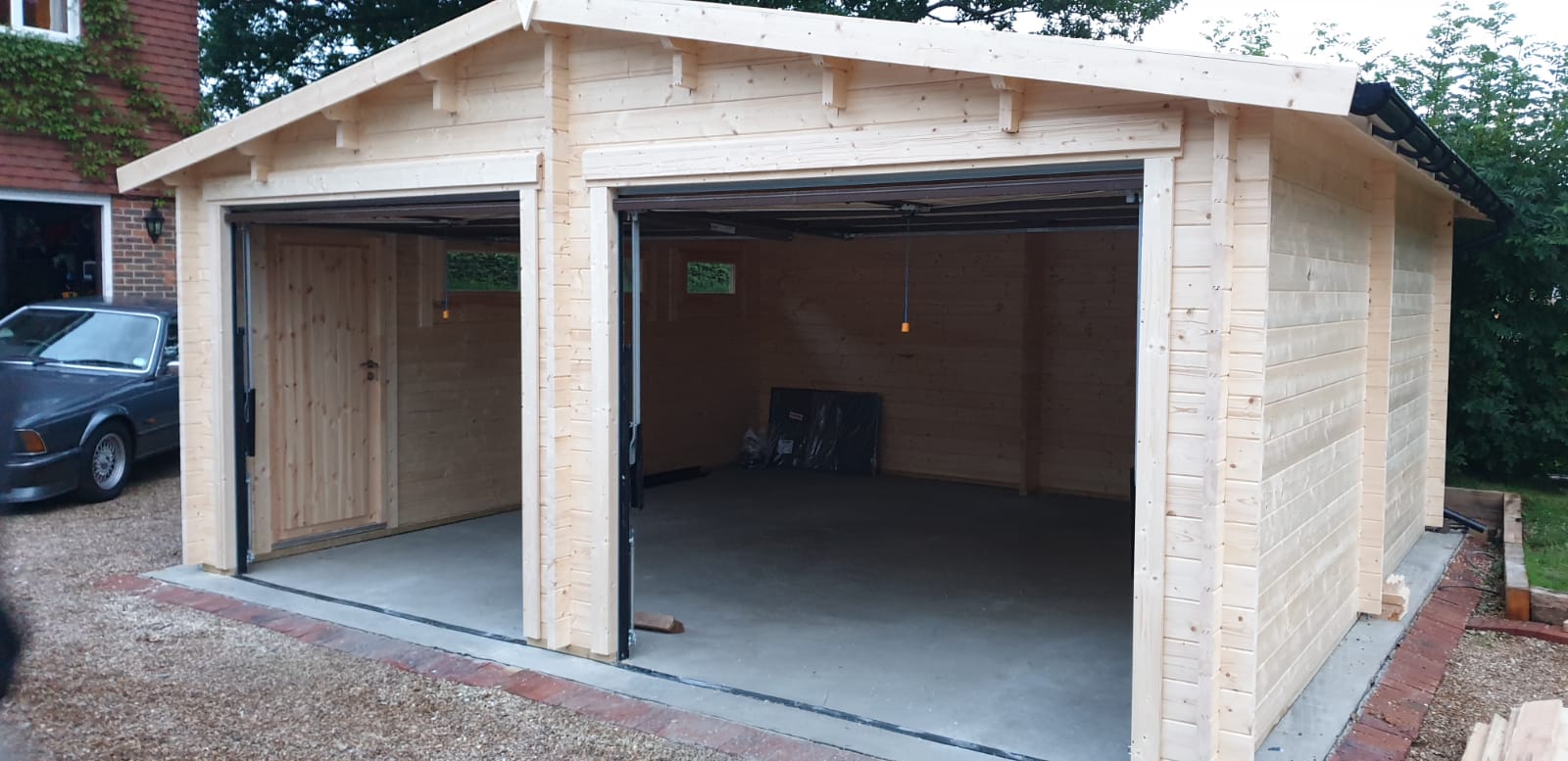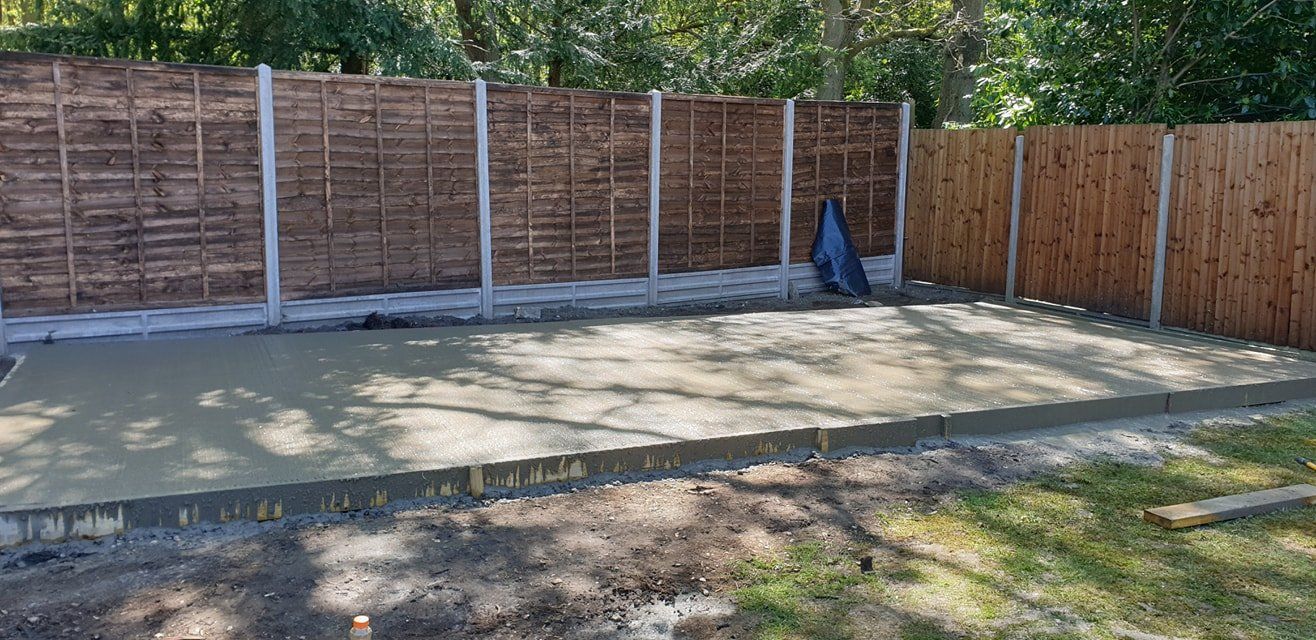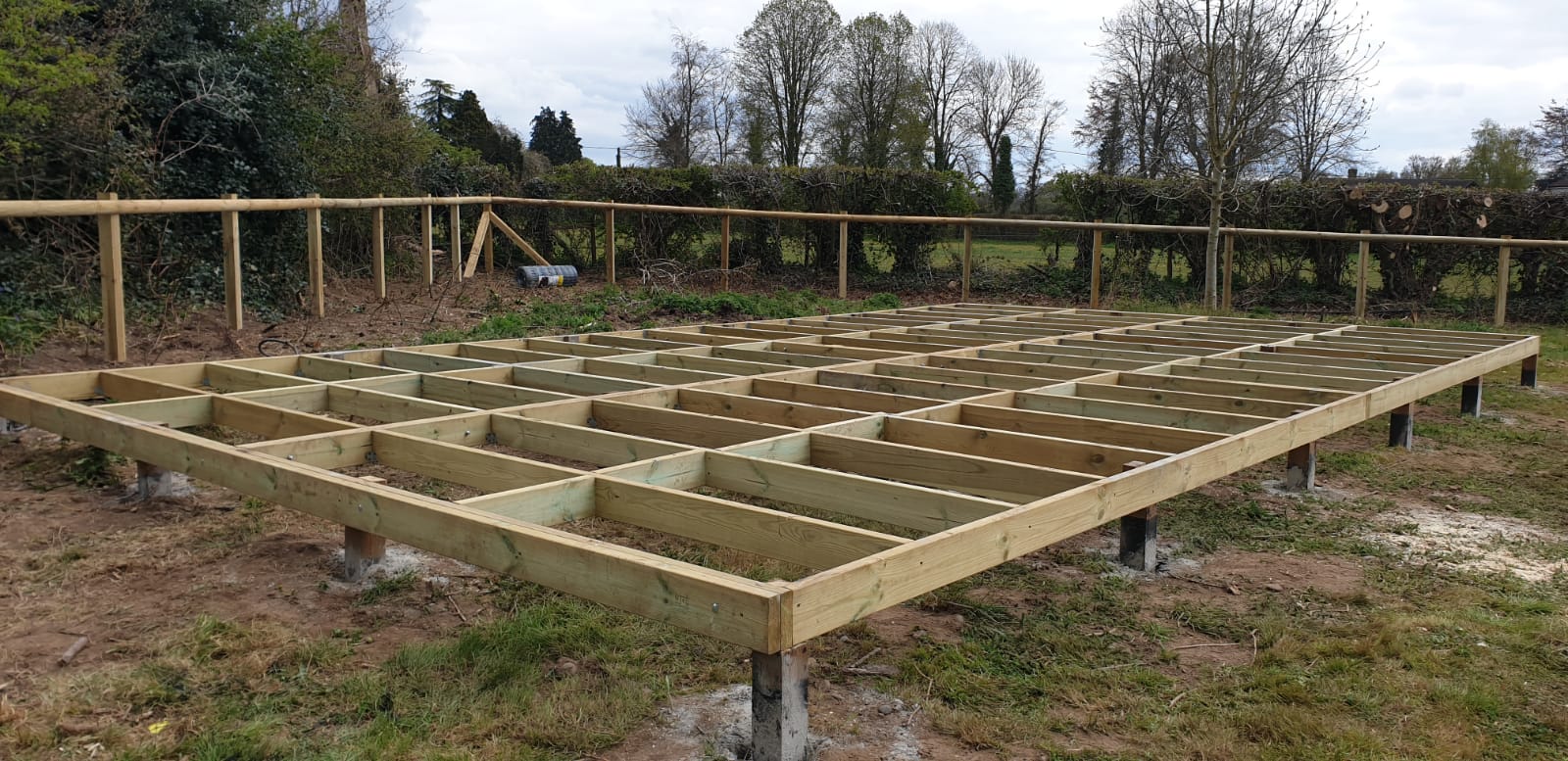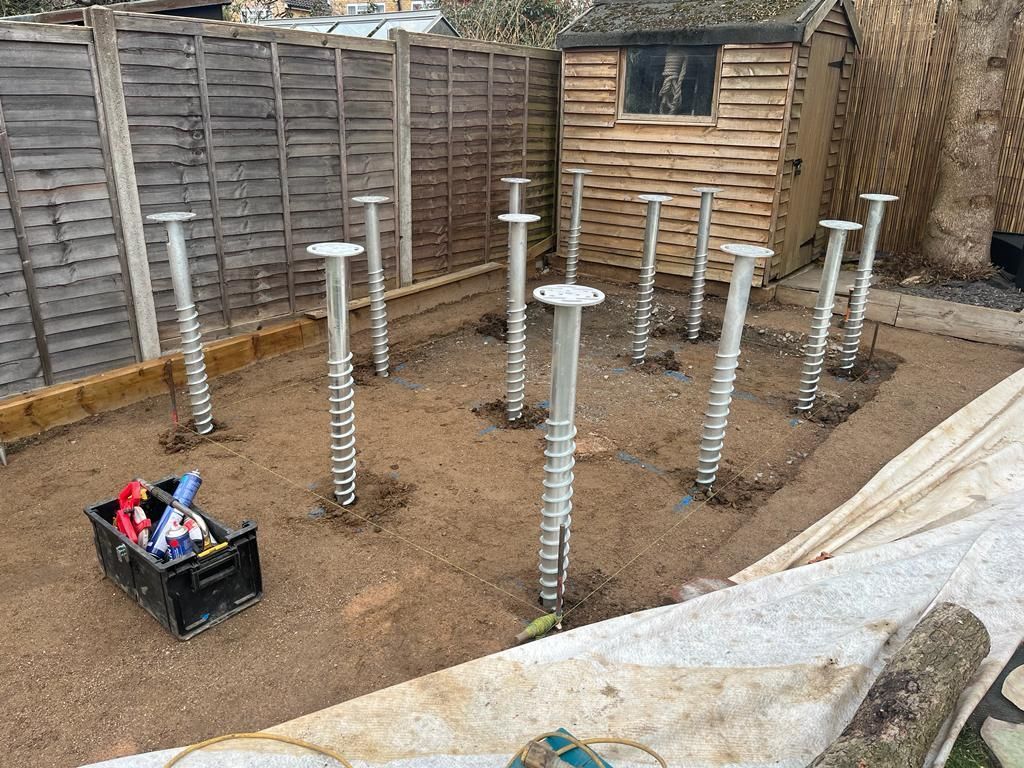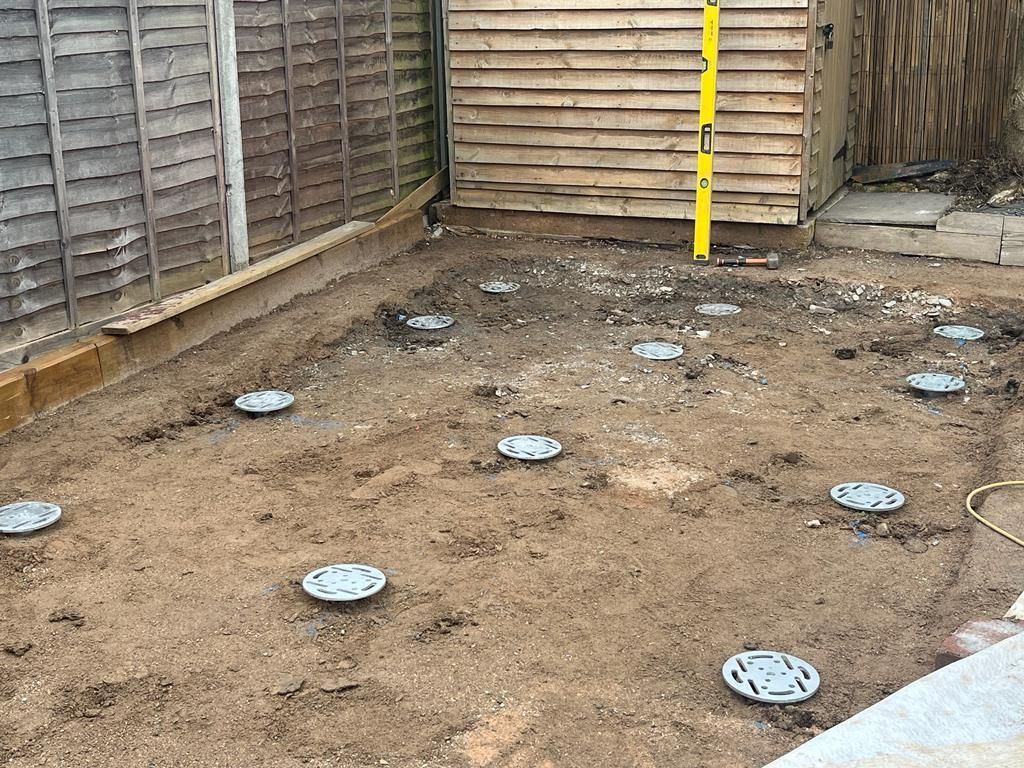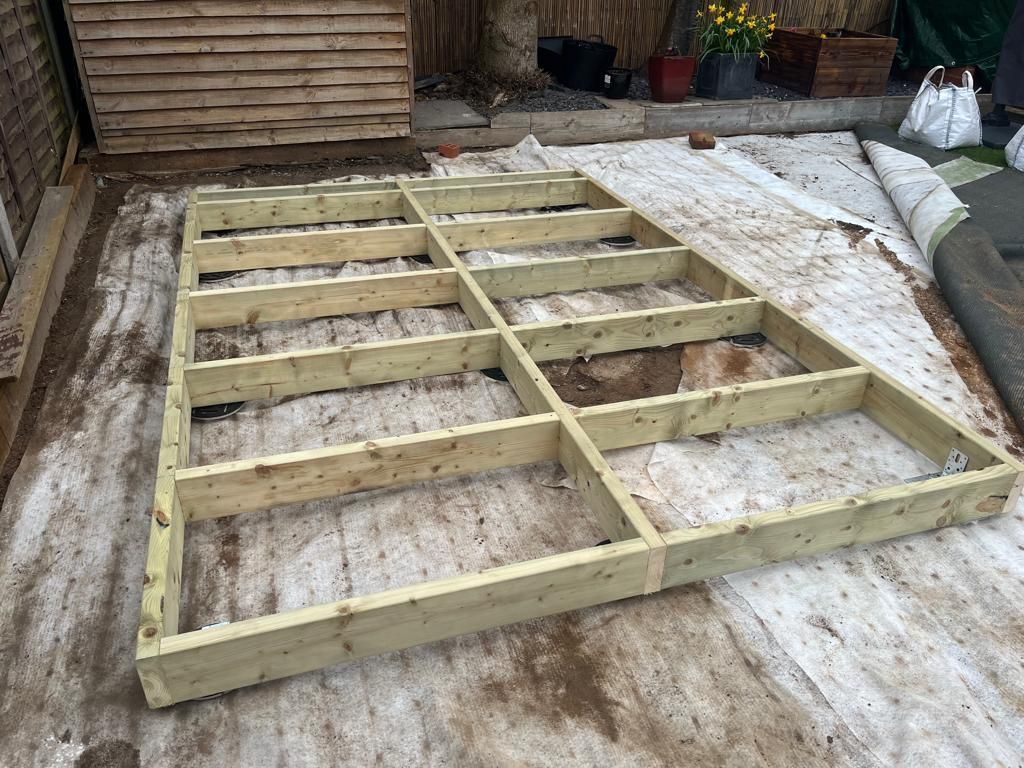There are a few different factors you should consider when choosing a log cabin base. The first thing to think about is the climate in your area- will you need a base that can withstand severe weather conditions? The next thing to consider is how you will be using your cabin- if you plan on using it for recreational purposes, you'll need a base that is sturdy and can support heavy traffic. If you're using your cabin as a primary residence, you'll need a base that is both sturdy and moisture-resistant.
You've undoubtedly found your log cabin's ideal location if you're planning to construct one. While you may have fallen in love with a design and a size that you like, it's critical to keep in mind that all successful garden structures will have a common feature: a solid, flat, and sturdy foundation. Timber cabins are heavy, therefore it's critical that the foundation can support the weight while also allowing all windows and doors to open and close freely.
Make sure the start is correct, otherwise you'll run into a slew of issues, including logs that don't sit well, a roof that could collapse, distort or split, or spaces developing between the logs.
Concrete, Timber frame, and Groundscrews are the three most common ways to create a solid, firm foundation for timber garden structures.
Concrete Bases
A concrete base is a good way to create a sturdy foundation for your log cabin. It's important to make sure that the concrete is level and smooth before you start building your cabin. You may also want to consider adding a layer of Damp proof Membrane between the concrete and the cabin to help protect the cabin from moisture.
Bases for concrete log cabins are a smart choice when the land is extremely soft, as they will help to distribute the cabin's weight. A shuttering frame generally made of timber is filled with type 1 hardcore at a depth of 50mm and then concrete at 100m thickness is poured in and allowed to set. Before you put your new wooden structure in place, make sure you give it adequate time to set (48 hours Minimum) before beginning installation of your structure.
A log cabin's foundation is made up of timbers that are common in log cabins. Steelwork, also known as reinforced bars, may be included to provide greater solidity and strength. The proper and appropriate mix is essential when using this method; get expert advise on the adequate and suitable combination. It is permanent in its nature because it cannot be moved or altered once set up; getting the base correct the first time is critical since it will form a complete footing for your log cabin. To avoid costly removal and rebuilding, it is important to ensure that the foundation is correct at first attempt, including levelness to within 5mm and an even finish.
We would advise using our experts or a local builder to complete the concrete base as this needs to be completely level.
Timber Framed Base
A wooden base will usually sit freely on a stone or other solid foundation, raising the garden room and allowing air to flow beneath it, making it temporary in nature and simple to construct. This improves the cabin's longevity and usefulness.
In addition, log cabin height adjustments may be achieved with ease - if the timber base' desired location is on a gradient (hill) this can be overcome by adjusting the timber post height. In comparison to concrete, laying a wood frame base is very simple since only little machinery or plant equipment is required. Furthermore, because it is a natural material, wood has a far lower carbon footprint and is renewable in nature.
Our experience in this field is extensive and every timber post put in the ground by us is coated with bitumen to double, if not triple the lifespan of the post.
Unlike others, we don't rely on a fixing to bear the weight of your building, we cut out grooves in our posts to enable a solid seat for the timber base and the weight transfer directly down the post to the earth.
Ground Screws
Groundscrews: The Advantages of Choosing an Innovative Concrete Alternative
Introduction:
In the construction industry, groundscrews have emerged as a viable alternative to traditional concrete foundations. With numerous benefits, they are revolutionizing the way we build structures. Let's explore the advantages of groundscrews over concrete.
- Speed and Efficiency:
- Groundscrews offer a faster installation process compared to concrete, saving valuable time.
- Cost-effectiveness:
- Groundscrews eliminate the need for extensive excavation and labor-intensive concrete pouring, resulting in cost savings.
- Environmental Sustainability:
- Groundscrews have minimal environmental impact, reducing carbon emissions and preserving the surrounding environment.
- Versatility and Adaptability:
- Groundscrews are suitable for various terrains and soil conditions, making them versatile for different types of construction projects.
- Structural Integrity:
- Groundscrews provide excellent load-bearing capacity, ensuring long-lasting structural stability.
Conclusion:
Groundscrews offer a range of benefits, including speed, cost-effectiveness, environmental sustainability, versatility, and structural integrity. By choosing groundscrews over concrete, you can enjoy these advantages and transform your construction projects.

